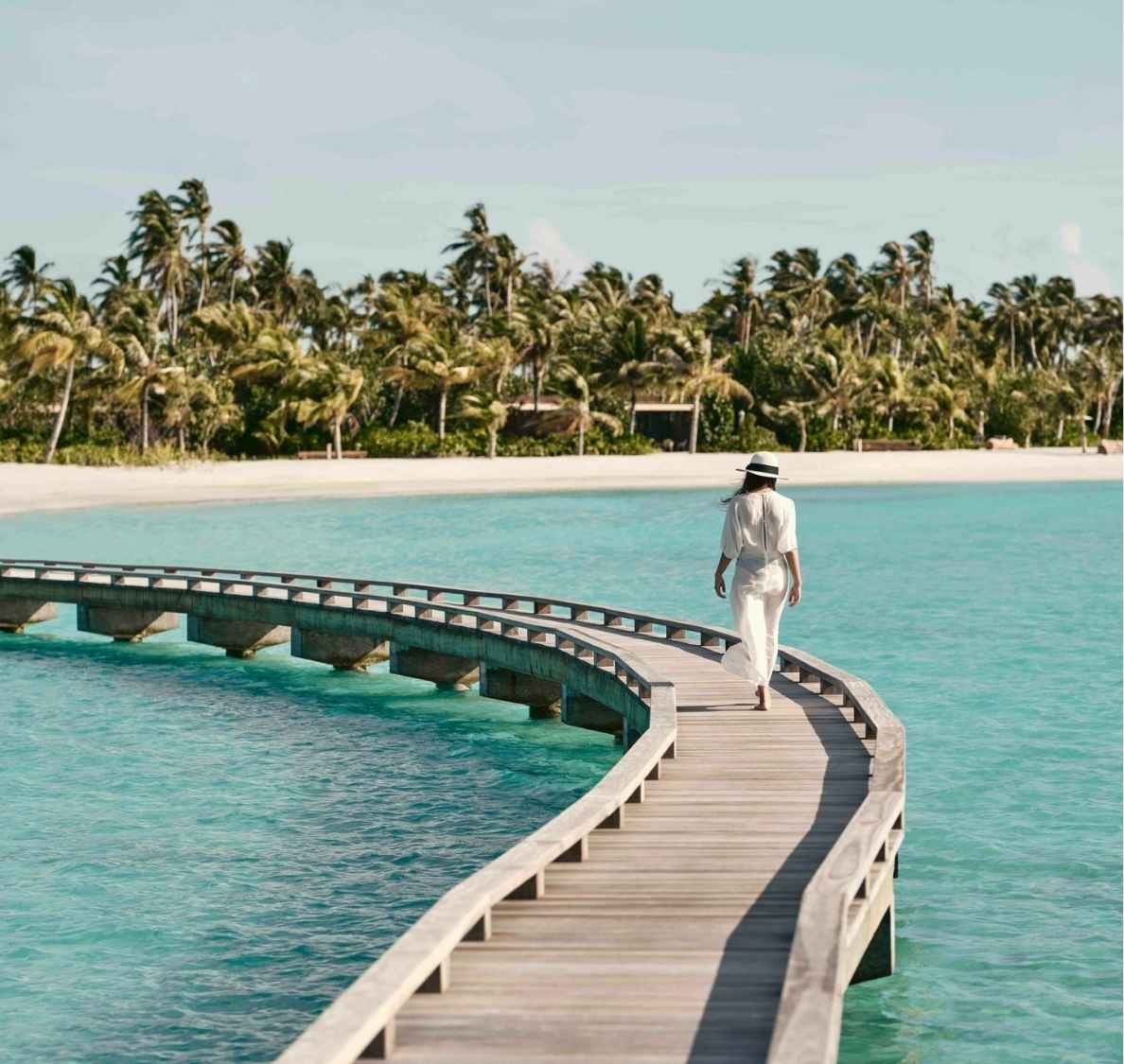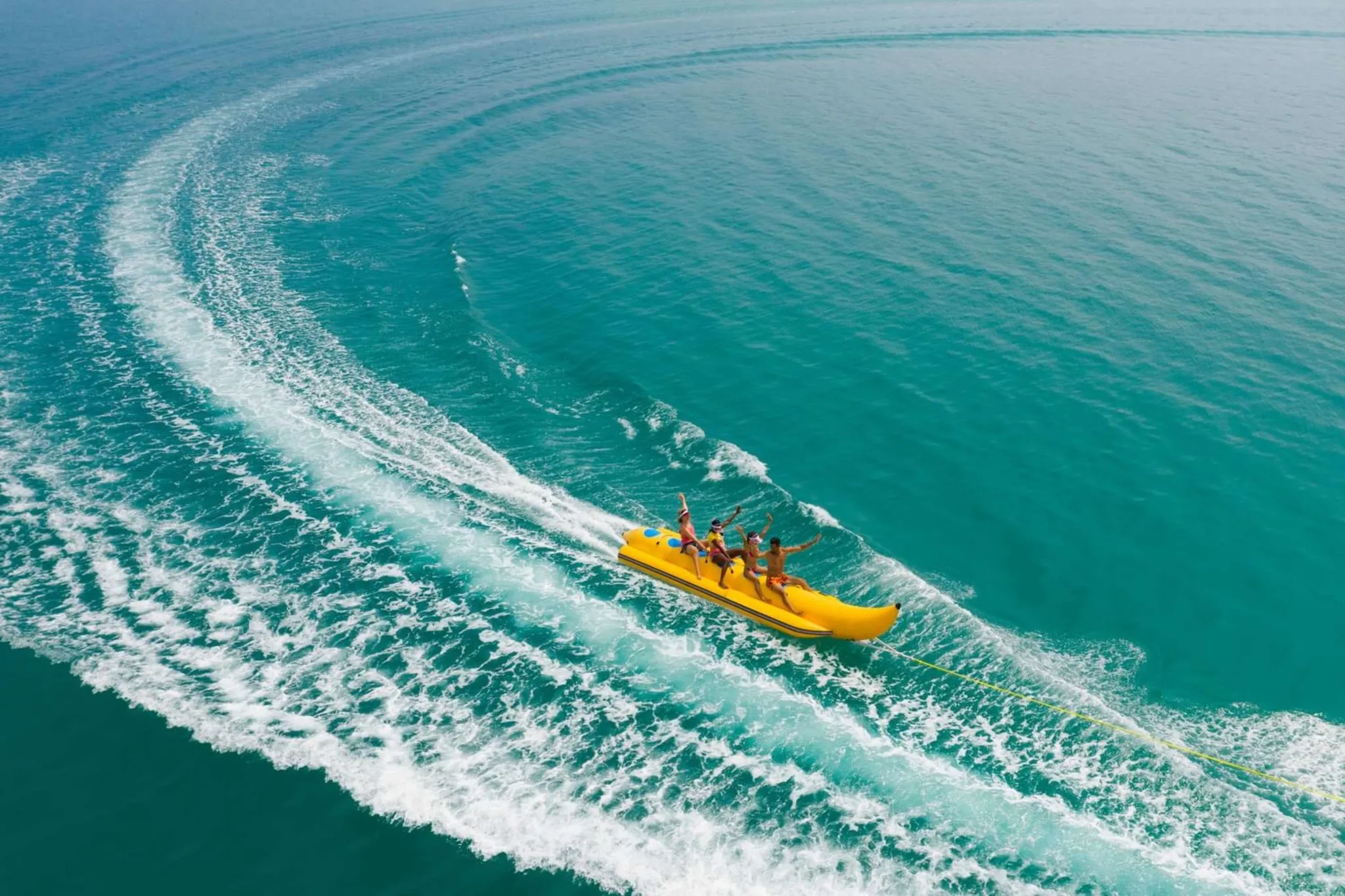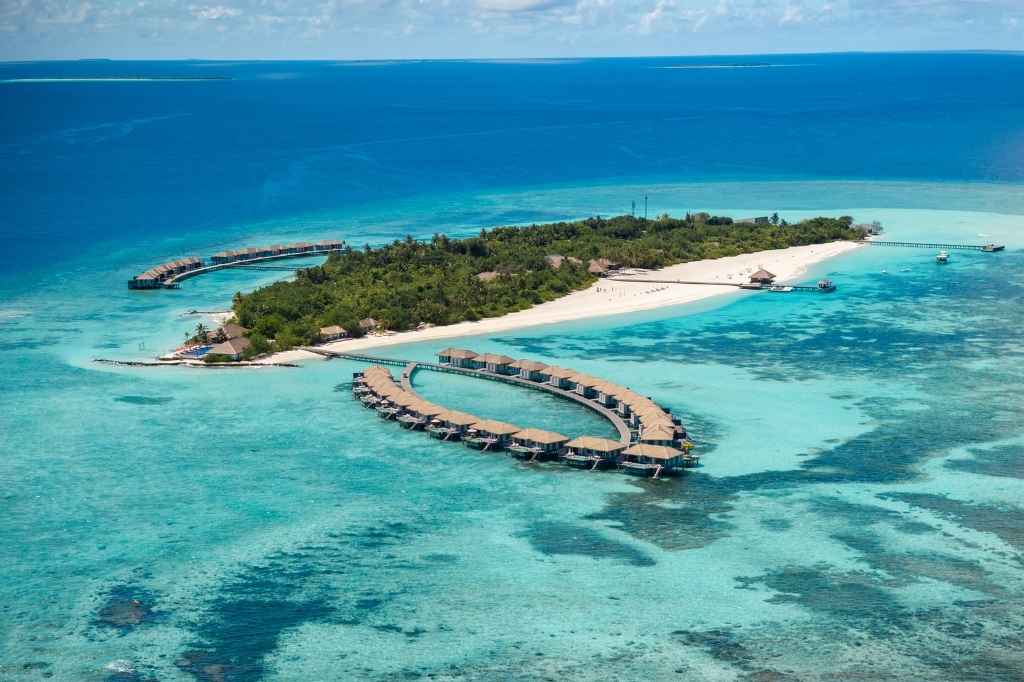The Maldives shines as one of the world’s most sought-after travel destinations, with tourism numbers steadily climbing in 2025. As of mid-May, over 900,000 visitors have arrived, marking an 8% increase compared to the same period last year. This steady growth clearly shows the country’s sustained appeal and effective tourism strategies.
A closer look at recent data reveals that tourists arrive at a daily average of around 5,000, which is a sign that demand remains robust even outside the traditional peak seasons. About 71% of travelers choose to stay in resorts, thereby highlighting the Maldives’ reputation for luxury and exclusive island experiences. However, guesthouses also grow in popularity, hosting nearly a quarter of all tourists, which indicates a diversification of accommodation options and a widening of appeal beyond traditional luxury stays.
Furthermore, diverse source markets feed this tourism boom. China leads with the highest number of visitors, followed closely by Russia and the United Kingdom. In addition, European markets such as Italy and Germany continue to contribute strongly, while arrivals from India and the United States also show steady presence. This broad geographic mix not only helps balance visitor flows but also reduces overreliance on any single market.
Looking ahead, the Maldivian government plans to reach 2.5 million arrivals by the end of the year. Meanwhile, ongoing infrastructure projects, including airport expansions, aim to improve accessibility and accommodate increasing visitor numbers. Alongside these efforts, the government is addressing envirThe Maldives shines as one of the world’s most sought-after travel destinations, with tourism numbers steadily climbing in 2025. As of mid-May, over 900,000 visitors have arrived, marking an 8% increase compared to the same period last year. This steady growth clearly shows the country’s sustained appeal and effective tourism strategies.
Strong Demand Throughout the Year
A closer look at recent data reveals that tourists arrive at a daily average of around 5,000, which is a sign that demand remains robust even outside the traditional peak seasons. About 71% of travelers choose to stay in resorts, thereby highlighting the Maldives’ reputation for luxury and exclusive island experiences. However, guesthouses also grow in popularity, hosting nearly a quarter of all tourists, which indicates a diversification of accommodation options and a widening of appeal beyond traditional luxury stays.
Diverse Source Markets Drive Growth
Furthermore, diverse source markets feed this tourism boom. China leads with the highest number of visitors, followed closely by Russia and the United Kingdom. In addition, European markets such as Italy and Germany continue to contribute strongly, while arrivals from India and the United States also show steady presence. This broad geographic mix not only helps balance visitor flows but also reduces overreliance on any single market.
Infrastructure and Sustainability Plans
Looking ahead, the Maldivian government plans to reach 2.5 million arrivals by the end of the year. Meanwhile, ongoing infrastructure projects, including airport expansions, aim to improve accessibility and accommodate increasing visitor numbers. Alongside these efforts, the government is addressing environmental challenges and promoting sustainable tourism, which together prepare the Maldives for a future of continued growth and resilience.
In addition, the Maldives is boosting its visibility through strategic partnerships with major sports franchises. Collaborations with India’s Mumbai Indians cricket team and Liverpool Football Club aim to attract affluent travelers by leveraging these global brands to showcase the Maldives as a premier luxury destination.
Overall, the island nation builds on a solid foundation from record-breaking 2024, maintains momentum as it enhances its offerings, and continues to welcome travelers from across the globe. Consequently, the outlook for the island nation’s tourism sector remains bright as it balances expansion with sustainability.
*Article is based on insights from the Maldives Tourism Update Issue – 16
Feature Image: Patina Maldives, Fari Islands








